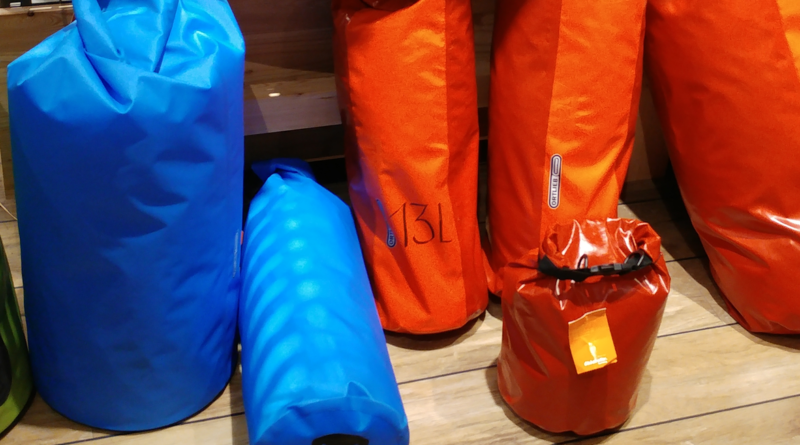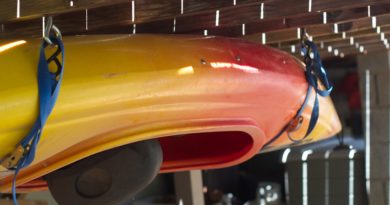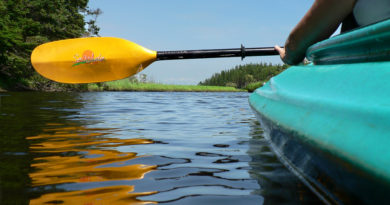Choosing the Best Dry Bag
This post contains links to purchase items, and we may qualify for a commission if you use that affiliate link.
Gliding across the water in your kayak is meant to be relaxing, calm, and fun. That tranquility can quickly turn to chaos when a little water gets into your kayak, or even worse, you capsize! Hopefully you’re prepared to handle such an event, but it’s these kind of inevitable moments that make a dry bag an essential part of your kayaking gear.
Some people think about using dry bags just for the expensive items, but really they’re for anything you rather not get wet. Imagine if you capsized early on during a camping trip and all your clothes and food got wet! That could ruin the whole trip. So, think wisely about what you want to pack in your dry bag. It’s not if something happens, it’s when.
Dry bags range in size from the small – great for cell phones, wallets, and cameras, to large day packs that can keep an extra set of clothes or camping gear dry. No matter what you’re using your dry bag for, you want to look for the following features:
Features of a Quality Dry Bag
- Synthetic material that’s thick, high-grade, and tear-resistant
- Either transparent material or a large transparent window to see belongings
- Bright visible colors
- Large, easy access to the inside of the bag
- Sturdy D-rings for attachment to a backpack
- Secure padded shoulder strap (large models)
- And of course a water-tight seal
Types of Dry Bags
Since dry bags all serve the same basic function of keeping water out, the major difference comes down to size.
Pouches
The smallest of the dry bags are just clear pouches with a sealed top. These are great for something like a cell phone or a wallet, and they can be easily clipped to a life jacket.
Some good examples of pouches are:
- Universal waterproof phone pouch – uses a magnet to close
- Floating cell phone dry bag – this one clips closed but advertises that it floats in the water (most do, but always check reviews)
- Waterproof pouch with waist strap – triple sealed and includes a strap to carry around your waist. It’s a little bigger but a more convenient design.
Roll-top Backpack
These are larger than the pouches, but probably won’t last a multi-day trip. They can fit some smaller items of clothing or food, along with cell phones, and feature a rolled top that clips or velcros down to form a seal.
A few good examples of roll-top bags:
- 10L dry bag – features a clear window and strap.
- HEETA Waterproof dry bag – comes in a variety of sizes, but for sake of this category, the 5L or 10L version is perfect.
Dry Storage Bags
These are the largest types of dry bags. They tyically range from 30L to 55L and can carry anything you need for a multi-day trip. They feature shoulder straps and the higher quality packs have waist straps.
A great example of this type of bag is the Earth-Pak waterproof dry bag, which ranges in size from 10L – 55L.
Every one of these dry bags mentioned, with the exception of the larger Earth-Pak’s, are under $20 and are all highly rated and reviewed. Of course, if you want to spend money and show off, YETI makes dry bags. I’m sure they’re great but you can get away with a great dry bag for a fraction of the price; although you will run the risk of not looking as cool…
So, definitely consider purchasing a dry bag or two. Even if you think you can get away without one, it’s only a matter of time until you realize they are an essential part of kayaking.





